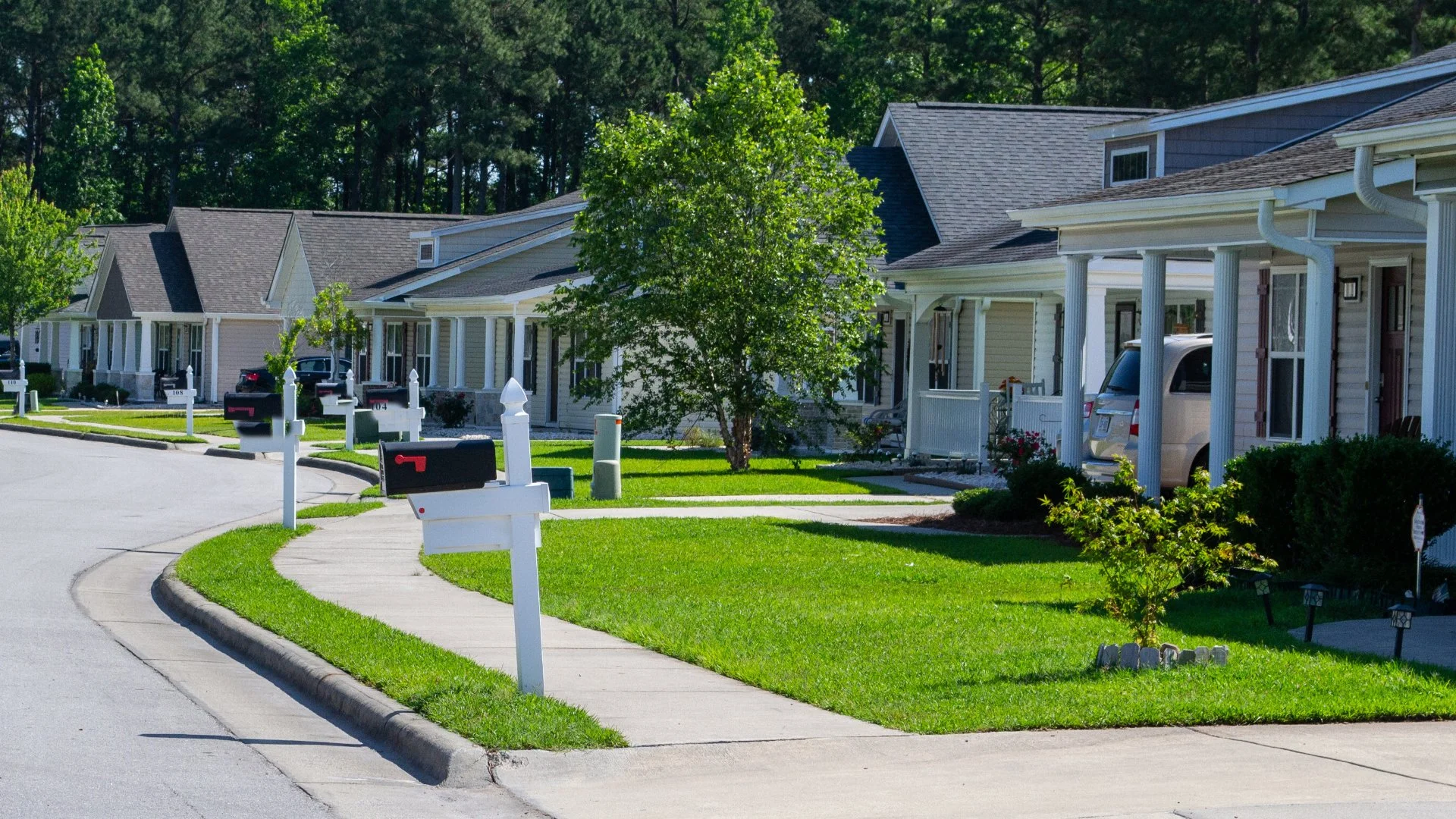When Can You Stop Mowing Your Lawn? A Guide to the End of the Mowing Season
As the air turns crisp and your lawn’s growth slows, many homeowners wonder: when is it time to hang up the mower for the year? Here’s your guide to knowing when to stop mowing:
1. Watch the Weather
Once the temperature dips below 50°F consistently, your grass will stop growing as quickly. This is a key indicator that mowing season is nearing its end so keep an eye on the weather.
2. Grass Type Matters
Cool-season grasses (like fescue) can keep growing longer into fall, while warm-season grasses (like Bermuda) slow down sooner. Tailor your mowing habits to your grass type.
3. Final Cut Height
Before you store the mower, give your lawn one last cut at a slightly lower height. This helps prevent mold and other moisture-related issues over the winter months.
4. Look For Dormancy
Grass will enter dormancy in late fall, turning brown or dull. When you notice this change, your lawn is ready for its winter nap, and so is your mower!
5. Don’t Mow Wet Grass
Fall rains can saturate the ground. Avoid mowing wet grass as it can lead to uneven cuts and soil damage. If the ground is soggy, it’s safe to say the mowing season has come to a close.
Bonus Tip: Mulching Leaves
Instead of raking up those autumn leaves, use your mower to mulch them. This can provide natural nutrients to the soil before the lawn hibernates.
Still not sure? Mitchum Lawn can keep your yard looking sharp all year long—avoid the guesswork, and let’s prepare your lawn for its winter slumber!


